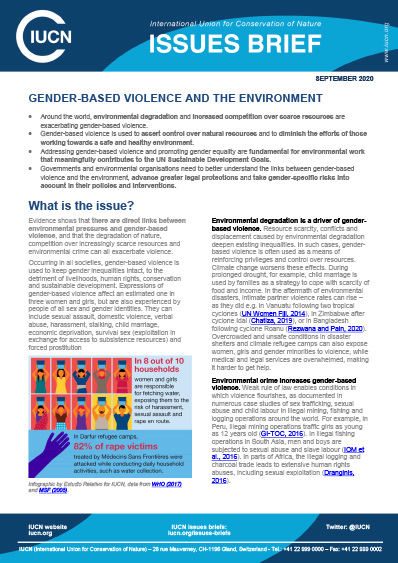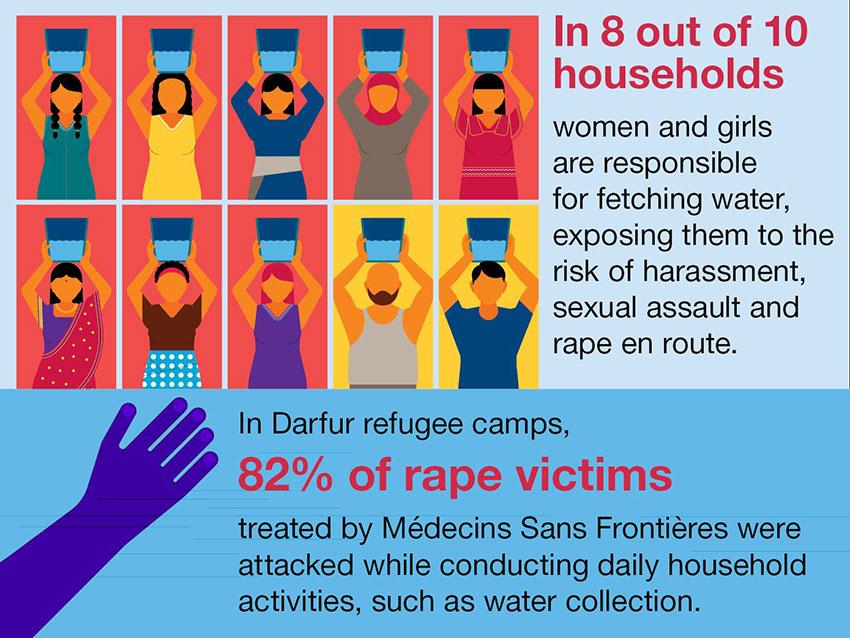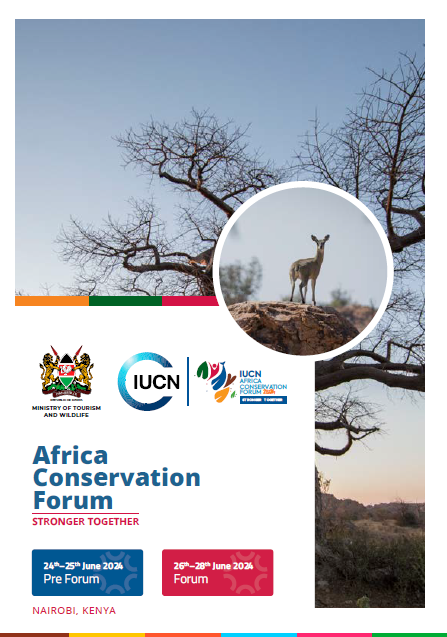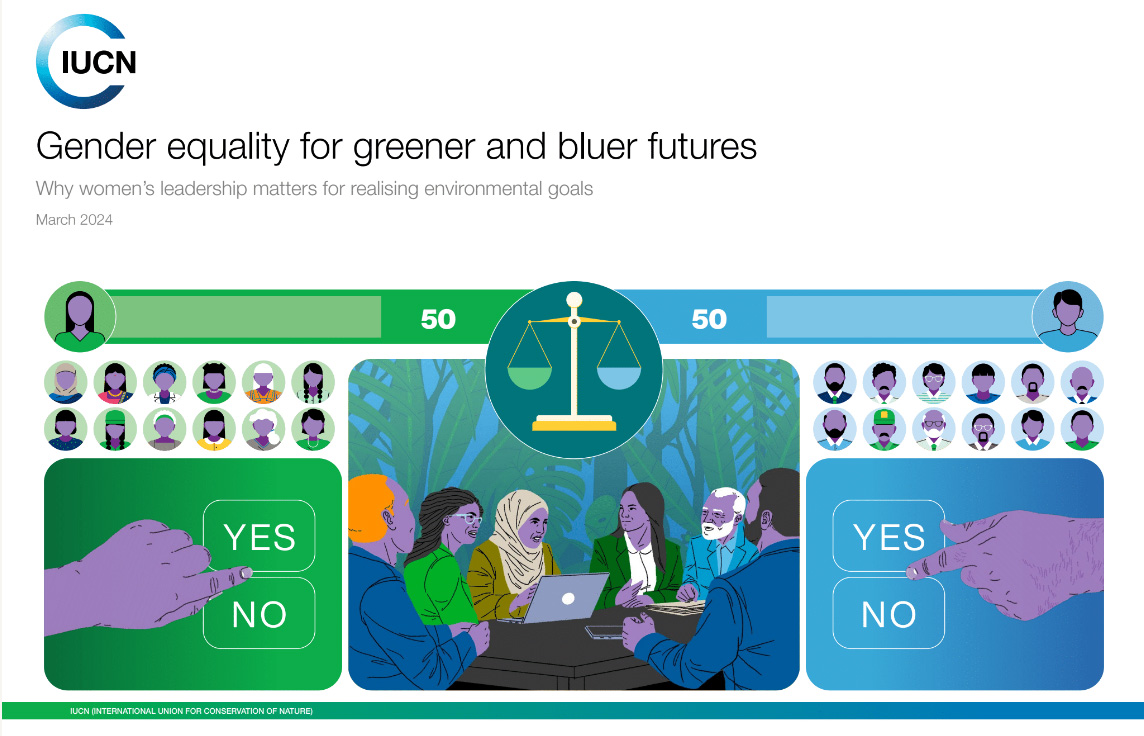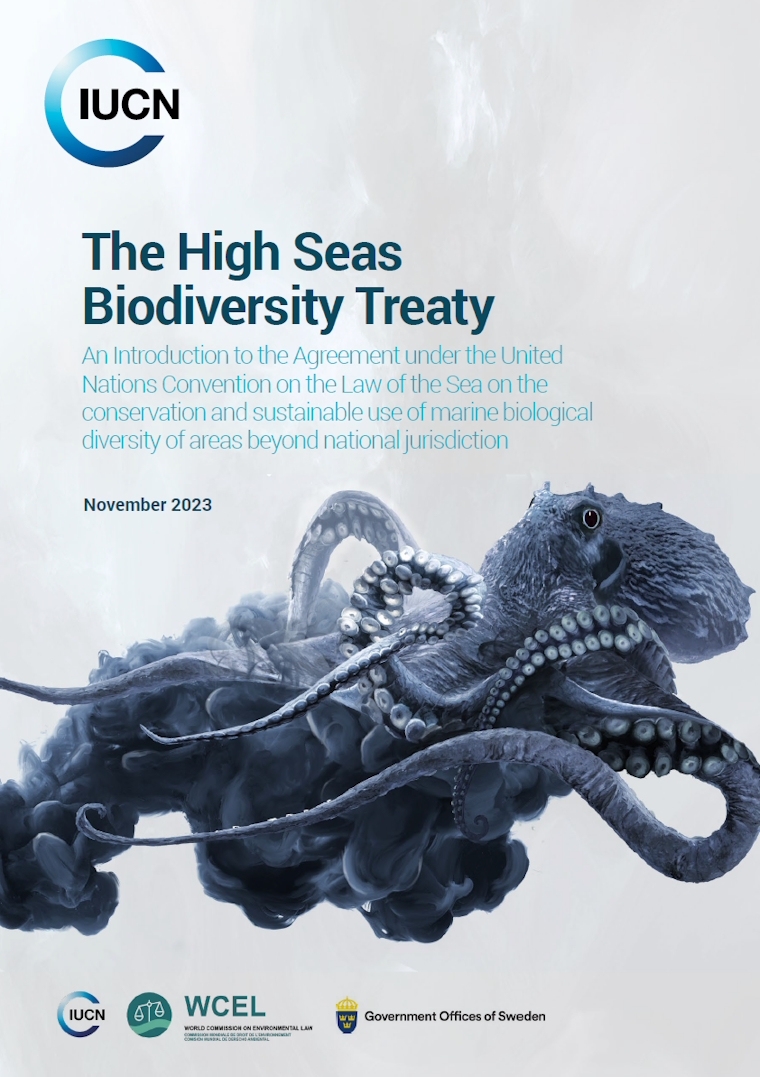Environmental degradation is a driver of gender-based violence. Resource scarcity, conflicts and displacement caused by environmental degradation deepen existing inequalities. In such cases, gender-based violence is often used as a means of reinforcing privileges and control over resources.
Climate change worsens these effects. During prolonged drought, for example, child marriage is used by families as a strategy to cope with scarcity of food and income. In the aftermath of environmental disasters, intimate partner violence rates can rise – as they did e.g. in Vanuatu following two tropical cyclones (UN Women Fiji, 2014), in Zimbabwe after cyclone Idai (Chatiza, 2019), or in Bangladesh following cyclone Roanu (Rezwana and Pain, 2020). Overcrowded and unsafe conditions in disaster shelters and climate refugee camps can also expose women, girls and gender minorities to violence, while medical and legal services are overwhelmed, making it harder to get help.
Environmental crime increases gender-based violence. Weak rule of law enables conditions in which violence flourishes, as documented in numerous case studies of sex trafficking, sexual abuse and child labour in illegal mining, fishing and logging operations around the world. For example, in Peru, illegal mining operations traffic girls as young as 12 years old (GI-TOC, 2016). In illegal fishing operations in South Asia, men and boys are subjected to sexual abuse and slave labour (IOM et al., 2016). In parts of Africa, the illegal logging and charcoal trade leads to extensive human rights abuses, including sexual exploitation (Dranginis, 2016).
Environmental activists are increasingly victims of gender-based violence. Well-known movements in Africa, Asia and Latin America illustrate the importance of women’s roles in protecting ecosystems worldwide. But as women’s and girls’ involvement in activism and political demonstrations in defence of the environment increases, so too do incidents of gender-based violence against environmental defenders as a tactic to intimidate and silence them, and this violence affects the ability of women and girls to equally and safely participate in these movements.

